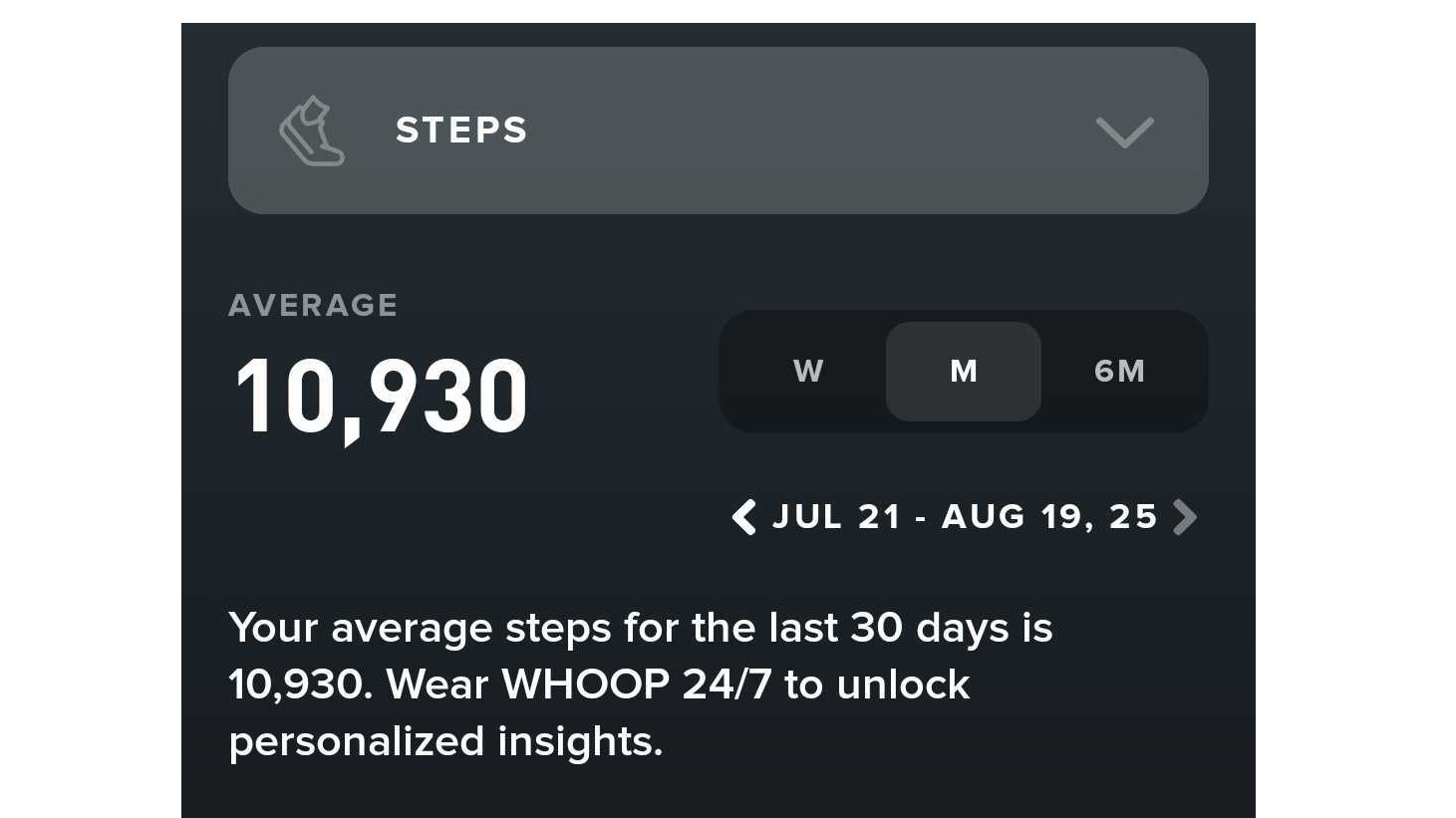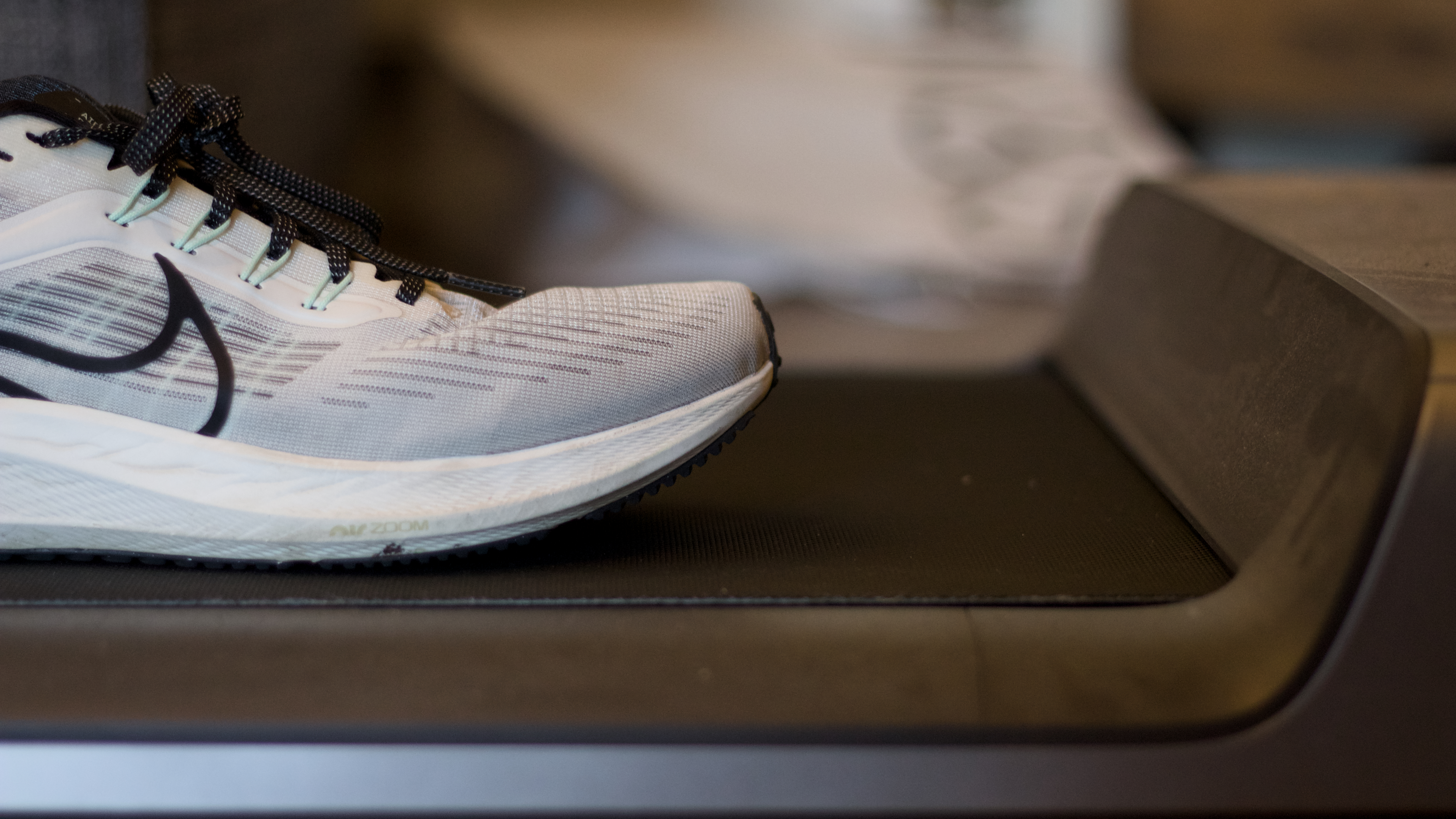I walked 10,000 steps every day for a week – and used 3 techniques to make it easy
I used the power of gamification, rucking, and adventure

Walking 10,000 steps daily isn't actually based on any sound science. There's nothing particularly holy about the magic five-figure number.
The idea of walking 10,000 steps a day came from a Japanese pedometer company in the 1960s, sort of a forerunner to the best fitness trackers today. Manpo-Kei began marketing their analog pedometers to fitness-conscious adults, encouraging them to walk for health. According to a BBC article, the name Manpo-Kei actually means '10,000 steps meter'.
There was no real significance to the number as a one-size-fits-all approach to fitness: reportedly, it was simply a nice, round number people could feel good about achieving. However, it has transcended its humble origins, becoming a daily step target for millions of adults.
While the number itself may be completely arbitrary, there are plenty of science-backed benefits of increased movement and walking. If you aren't taking many steps in daily life, increasing the amount of movement you're doing will only benefit your wellbeing, provided very inactive people do so in a controlled, gradual way.
For example, one University of Edinburgh study found that increasing daily steps by an average of 2,000 helped participants improve their glucose metabolism, while nature-based walking improved overall mood in adults. These benefits are in addition to the increased calorie burn, improved weight loss, and better heart health that come with walking more.
We've run plenty of articles on the benefits of walking over the years, but I've not yet written about my own experience. This week, I resolved to get my steps in without "cheating" by going for long runs. I developed a set of strategies as the week went on to ensure I squeezed more low-intensity movement into my daily life.
1. Data means gamification

Of course, if you're making it your mission to walk 10,000 steps a day, knowing if you've hit 10K steps is pretty key. Therefore, getting yourself a smartwatch or cheap fitness tracker is a great first step (pardon the pun).
The Apple Watch is a perennially popular choice, but any of the best Garmin watches or best Fitbits would be perfectly suitable too, as would some of the best cheap fitness trackers.
With data comes gamification, and fitness tracking apps offer digital badges and streaks to keep you on track. Garmin users can join a monthly '10k a day' fitness challenge, while Fitbit offers the daily Sneakers badge if you hit 10,000 steps. Apple rewards movement slightly differently by closing your 'Move Ring', calculated via a combination of movement and calories burned.
In the example above, I'm using the Whoop MG, and managed to keep my daily step count up to around 10,000 every day this week. This meant my average steps score was 10,930, on account of the days I walked more than 10K steps – and the dopamine I get from another day over 10k is enough to keep me walking.
2. Small bites of movement

Walking takes a lot longer than running: by its very nature, it's a slow, low-impact form of cardio exercise. Faced with the prospect of going for a two-hour walk in the evening to try and hit 10,000 steps, or to wake up early to do it, seemed ludicrous to me. To get my 10,000 steps in, I decided I had to be strategic.
I found myself choosing to go for a brisk walk on my lunch break each day, even wrapping up against the rain – although that one was certainly shorter. Once I got home, I went for another short walk to decompress from my working day, making use of the long summer evenings.
There's no doubt this would be harder in the winter, and walking in the dark is generally less safe for some people venturing outside of familiar, well-lit areas, but on my walks, I found myself planning routes to do in winter mornings, or mulling over getting one of the best under-desk treadmills to use while watching Netflix.
I replaced my Friday morning run with uphill rucking, using a heavy water bladder designed for the purpose, to get my walk in with a greater training effect. Even in the gym, when doing strength training at a designated station, I tried to pace up and down during my rest periods rather than sit still on my phone.
3. Adventure awaits

Gamification made getting 10,000 steps addictive, and breaking it up into manageable walks made it easy, but this is what made it fun. I used the challenge to get back in touch with my local city, nature, and even my sense of adventure and play.
For example, my aforementioned uphill ruck was a short hike to a small patch of woodland, culminating in a spot with a good view of the city. As I hiked with my pack through the woods, I played the soundtracks from my favorite exploration games, such as The Elder Scrolls: Skyrim and The Witcher 3, on my Shokz Openfit 2+. It brought me joy, and I felt like I was starting my Friday with my own little secret adventure.
Emboldened, I started to explore my surroundings more. During another short walk along the nearby canal, I spotted my first kingfisher – after which, I made it a game to go out to spot interesting birds like grey herons, or identify different types of trees. In the city, instead of spotting wildlife, I set out to earmark interesting shops, coffee places, or restaurants to visit later with my wife.
My favorite part of this challenge has been a renewed sense of exploration and enjoyment of my surroundings.
Final thoughts
Today is day seven. Over the six previous days, I've racked up 70,687 – clocking in an extra day's worth of steps. I've really enjoyed this challenge, and there are certainly nuggets of learning I'll take forward. Morning exploratory rucks instead of some of my structured runs will certainly be on the cards, and I'll make more of an effort to engage with the natural world in my local parks, rivers and protected areas to regulate the old nervous system.
As a regular runner, I'm very used to being extremely goal-orientated when it comes to my cardio – but this week has been a great reminder to adjust my goals and allow myself to slow down.
You might also like...
Sign up for breaking news, reviews, opinion, top tech deals, and more.

Matt is TechRadar's expert on all things fitness, wellness and wearable tech.
A former staffer at Men's Health, he holds a Master's Degree in journalism from Cardiff and has written for brands like Runner's World, Women's Health, Men's Fitness, LiveScience and Fit&Well on everything fitness tech, exercise, nutrition and mental wellbeing.
Matt's a keen runner, ex-kickboxer, not averse to the odd yoga flow, and insists everyone should stretch every morning. When he’s not training or writing about health and fitness, he can be found reading doorstop-thick fantasy books with lots of fictional maps in them.
